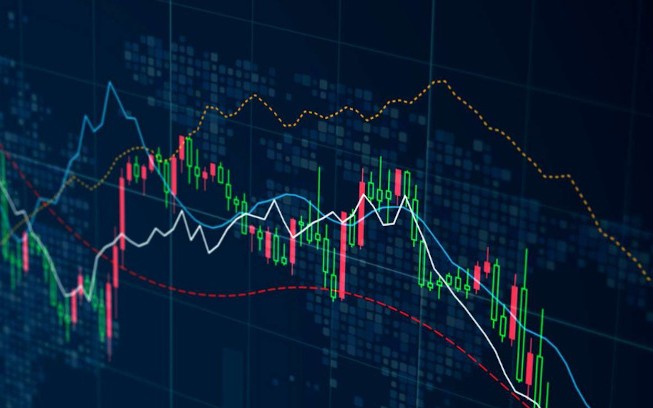
Forex Trading Course for Beginners
If you’re interested in diving into the world of finance, you’ve likely come across forex trading. The foreign exchange market, or forex market, is the largest financial market globally, dealing with the trading of currencies. For beginners looking to understand how to trade forex, having a structured approach is crucial. This article will guide you through the essentials of forex trading and introduce you to valuable resources, including a comprehensive forex trading course for beginners Cameroonian Trading Platforms that can facilitate your trading journey.
Understanding Forex Trading
Before we get into specific strategies and techniques, it’s essential to understand what forex trading actually is. At its core, forex trading involves the buying and selling of currency pairs. Currencies are traded in pairs, such as EUR/USD (Euro/US Dollar), where the first currency is the base currency and the second is the quote currency. The price of a currency pair reflects how much of the quote currency is needed to purchase one unit of the base currency.
The Importance of Education in Forex Trading
Education is the key to success in any trading endeavor. For beginners, a solid foundation in the basics of forex trading can make a significant difference. Understanding terminology, market mechanics, and trading psychology is essential. Many online courses and resources are available for beginners, offering everything from basic concepts to advanced trading strategies.
Key Concepts Every Beginner Should Know
1. Currency Pairs
As mentioned earlier, currencies are traded in pairs. It’s vital to understand how these pairs work and what factors influence their movement. Currency pairs are divided into three main categories:
- Major Pairs: These include the most traded currencies, such as EUR/USD, USD/JPY, GBP/USD, etc.
- Minor Pairs: These include currencies that don’t involve the USD, such as EUR/GBP or AUD/NZD.
- Exotic Pairs: These consist of one major currency and one from a developing economy, like USD/SEK or EUR/TRY.
2. Pips and Leverage
A pip is the smallest price movement in a currency pair, usually the fourth decimal point, except for pairs involving the Japanese Yen, where it’s the second decimal point. Understanding pips is crucial for calculating profit and loss in trades. Leverage is another key concept, allowing traders to control a larger position size than their initial deposit would typically allow, but it also increases the risk level.
Trading Strategies for Beginners
Adopting a trading strategy is essential for long-term success. Here are a few popular strategies that beginners can consider:
1. Scalping
Scalping involves making numerous trades throughout the day to capture small price movements. Scalpers rely on technical indicators and quick decision-making to profit from minor fluctuations.
2. Day Trading
Day trading requires opening and closing positions within the same trading day to avoid overnight risks. This strategy often relies on technical analysis and market news.
3. Swing Trading
Swing traders hold positions for several days or weeks to take advantage of price swings. This method is more focused on fundamental analysis and longer trends.
Using Forex Trading Platforms
As a beginner, selecting the right trading platform is crucial. Look for platforms that offer a user-friendly interface, educational resources, and demo accounts for practice. Cameroonian Trading Platforms are a great choice for new traders, providing tools and resources tailored to beginners.
Risk Management in Forex Trading
Managing risk is critical to maintaining a healthy trading account. Here are some best practices:
- Set Stop-Loss Orders: Determine in advance how much you are willing to lose on a trade.
- Position Sizing: Only risk a small percentage of your total trading capital on a single trade.
- Diversification: Avoid putting all your capital into one trade or currency pair.
Building a Trading Plan
A trading plan outlines your trading goals, strategies, risk management rules, and assessment methods. It acts as a roadmap for your trading journey, ensuring you remain focused and disciplined. When developing your trading plan, consider your risk tolerance, the amount of time you can dedicate to trading, and what you aim to achieve.
Continuous Learning and Adaptation
The forex market is constantly evolving, which requires traders to stay informed and adapt to new conditions. Utilize educational resources, follow market news, and review your trading performance regularly. Learning from both successes and mistakes is crucial for growth as a trader.
Conclusion
Starting your journey in forex trading can seem overwhelming at first, but with the right education and tools, you can navigate the market successfully. Remember to build a solid foundation of knowledge, adopt a trading strategy that suits your style, and focus on risk management. Utilizing platforms, like Cameroonian Trading Platforms, can also aid significantly as you embark on this path. Begin with a demo account to practice your skills, and don’t rush the learning process. With patience and persistence, you can become a successful forex trader.